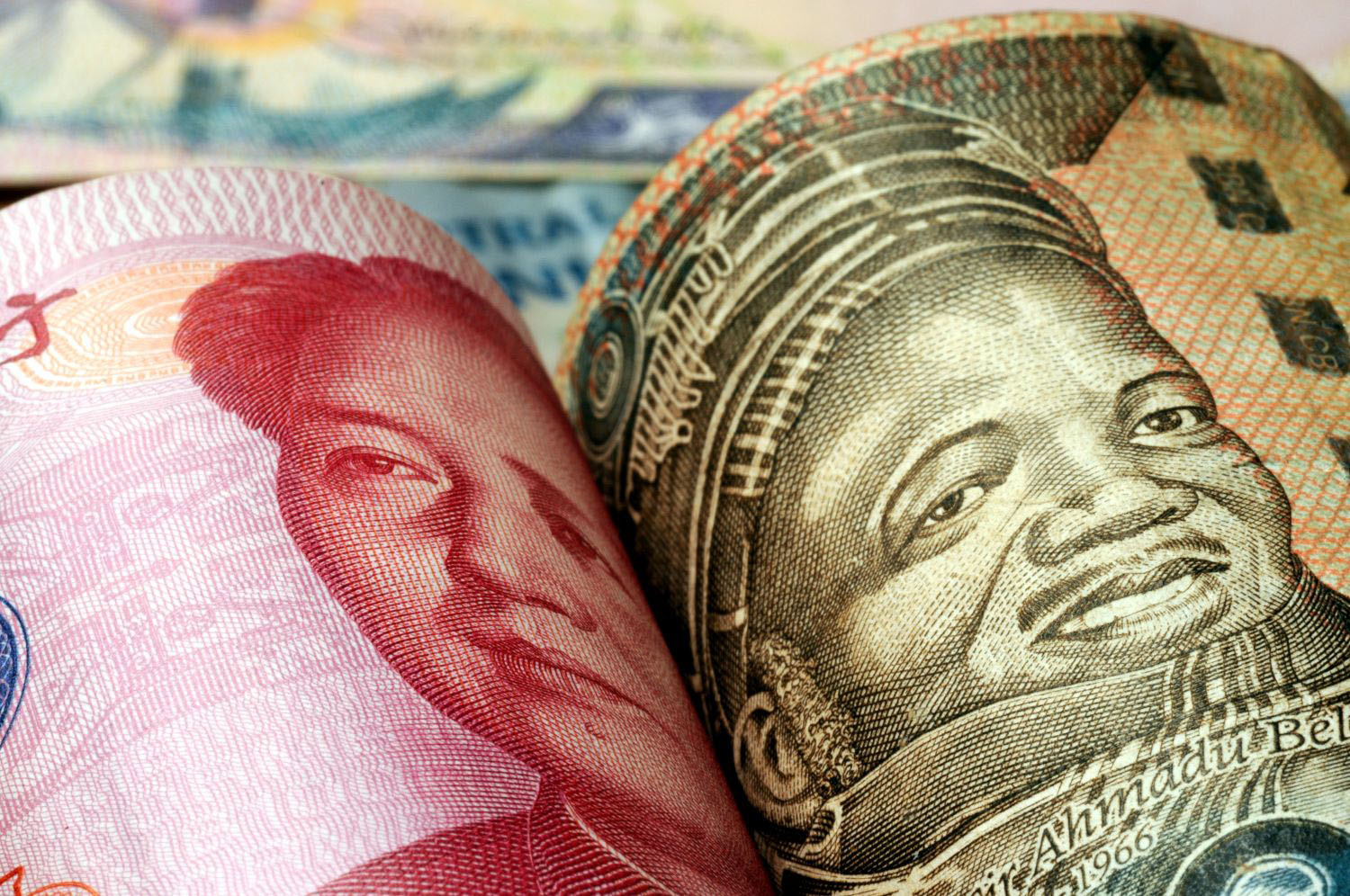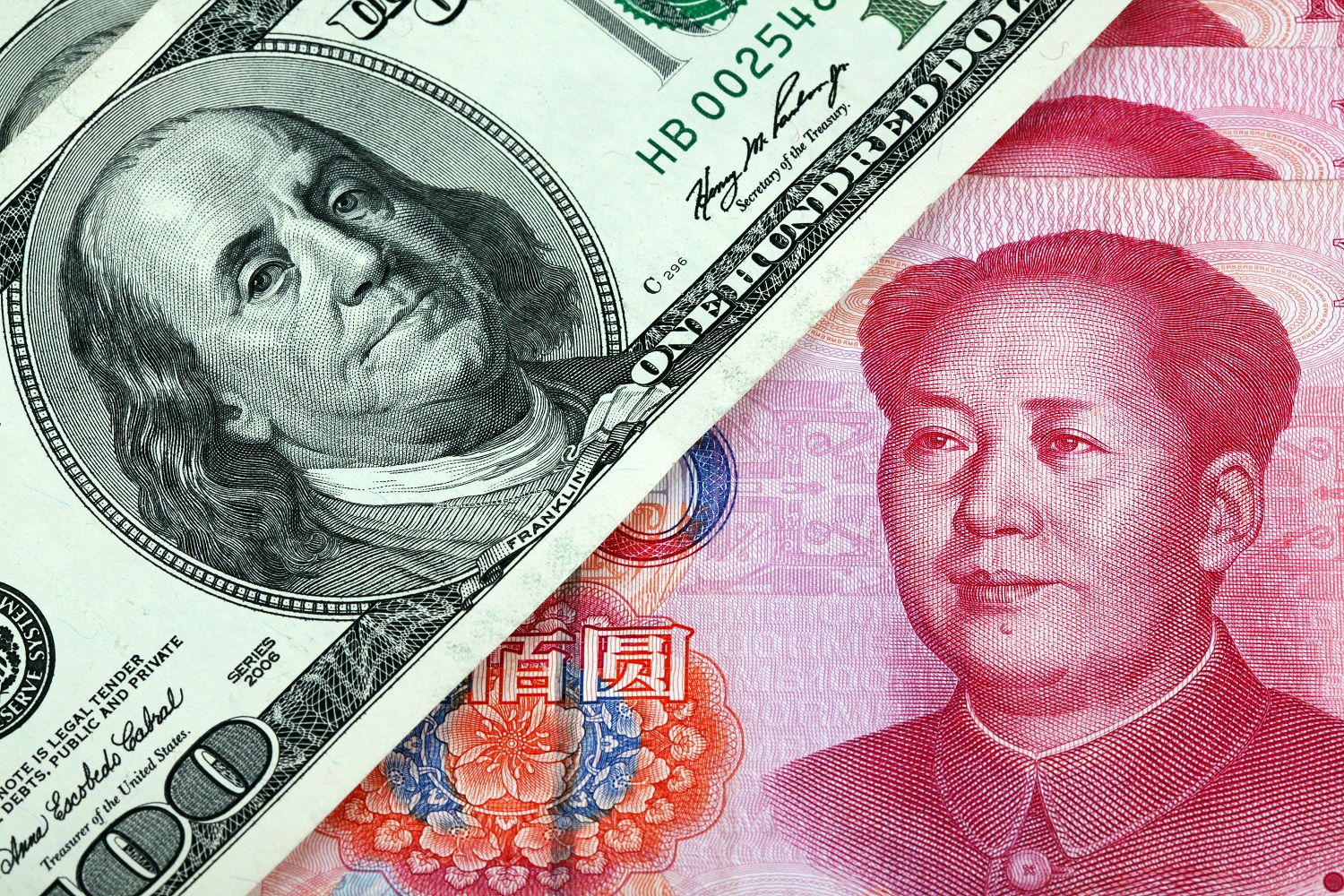In early 2020, a new type of coronavirus epidemic (COVID-19) emerged suddenly and spread steadily from China’s Wuhan City, Hubei Province, disrupting China’s social order. The epicenter of the epidemic, Hubei Province lacked medical personnel and epidemic prevention supplies; assistance was urgently needed. This note identifies the Chinese government’s “counterpart aid” strategy in response to the epidemic and explores the strategy’s utility, drawing on earlier experiences with disaster response. Our analysis is based on an earlier research paper examining Wenchuan earthquake relief.
An administrative downtime problem
Early in the coronavirus epidemic, the deputy secretary of the Hubei Provincial Party Committee, the secretary of the Wuhan Municipal Party Committee, and the Wuhan Municipal Government Working Group announced that aid to address the impact of the novel virus and resulting pneumonia epidemic would be centralized and allocated through a handful of official charity organizations, including the Wuhan Red Cross. When huge quantities of medical and relief supplies arrived in Hubei, however, they piled up in warehouses and could not be sent promptly to the epidemic area. The Red Cross came under tremendous pressure for failing to distribute the aid in a timely manner to hospitals and patients suffering from scarce supplies across various cities and counties, resulting in deep dissatisfaction among donors and society at large.
Faced with this delay, the National Health Commission announced on February 7 a new approach to relief that would pair each of 16 donor provinces with counterpart cities affected by COVID-19. This shifted the approach to aid dispersal from top-down command by the central government to "counterpart assistance," whereby authority for resource allocation is delegated from the central government to local governments, allowing donors and recipients to communicate directly about specific assistance needs. Some provinces (such as Jiangsu) further delegate resource allocation after receiving their counterpart’s request for support, with the administrative cities targeting the districts or towns receiving the aid in a two-tier counterpart assistance system.
On February 10, the People's Daily announced a revised counterpart assistance program. The areas to be assisted remained unchanged, but Beijing, Shanghai, Sichuan, Henan, Shaanxi, and Anhui were dropped as donors, and Heilongjiang, Liaoning, Inner Mongolia, Hainan, and Ningxia were added. The February 7 and February 10 counterpart schemes are shown in Table 1.
Table 1. Counterpart assistance in response to the coronavirus epidemic
| February 7, 2020 Counterpart assistance scheme (announced at State Council press conference) | February 10, 2020 Counterpart assistance scheme (People’s Daily) | |
|---|---|---|
| Aid Recipients | Donors 1 | Donors 2 |
| Xiaogan City | Jiangsu | Chongqing, Heilongjiang |
| Huanggang City | Shandong | Shandong, Hunan |
| Suizhou City | Henan | Jiangxi |
| Jingzhou City | Hunan | Guangdong, Hainan |
| Xiangyang City | Hebei | Liaoning, Ningxia |
| Huangshi City | Anhui | Jiangsu |
| Yichang City | Chongqing | Fujian |
| Jingmen City | Zhejiang | Inner Mongolia, Zhejiang |
| Ezhou City | Guangdong | Guizhou |
| Xianning City | Jiangxi | Yunnan |
| Shiyan City | Shaanxi | Guangxi |
| Xiantao City | Sichuan | Shanxi |
| Tianmen City | Shanghai | Shanxi |
| Enshi City | Guizhou | Tianjin |
| Qianjiang City | Beijing | Shanxi |
| Shennongjia Forestry District | Tianjin | Hebei |
Origins of the counterpart assistance mechanism
The counterpart assistance mechanism is not new. In fact, it was widely used in disaster relief and reconstruction after the 2008 Wenchuan earthquake. In recent years, China’s Targeted Poverty Alleviation program—an approach that focuses poverty alleviation efforts on the household and individual level in poor regions—has adopted a similar counterpart model.
Zhenyao Wang, then commander-in-chief of the Wenchuan Earthquake Relief Front and director general of the Department of Disaster Relief of China’s Ministry of Civil Affairs, described the introduction of the counterpart assistance model as follows:
When a catastrophe occurs, there will be an administrative “downtime” phenomenon. Since the traditional administrative management system, experience, and operating channels only handled daily affairs, once huge amounts of relief supplies arrived in Chengdu, it was impossible to follow the traditional method to mobilize the coordination. For example, Sichuan’s Chengdu Railway Station's maximum receiving capacity was 300 freight cars a day. During the disaster relief period, 700-1,000 freight cars could be loaded and unloaded under emergency dispatch. However, during the first week of the emergency response, the entire country took action, and all kinds of supplies from the government and private donations were sent to Sichuan. Every day, relief supplies were delivered in more than 2,000 freight cars. Unloading and allocating the goods became a big problem. Disaster relief supplies piled up at the airport, railway stations and other places. (Wang, 2015)
The general command on the frontline proposed the counterpart assistance approach to bypass institutional barriers posed by unified dispatch, and the proposal was promptly approved by the State Council. On May 22, 2008, the General Office of the State Council issued an Emergency Notice on Counterpart Assistance to the Massive Wenchuan Earthquake Disaster Area in Sichuan, requiring 21 provinces to provide assistance to 21 severely hit disaster zones, counties, or areas. This arrangement enabled the governors from the provinces providing aid to talk directly with the heads of districts and counties in the aid recipient areas. Additionally, the central government required each province to provide aid at a rate of no less than 1 percent of its fiscal revenues for the previous year. Similar to the two-tier counterpart assistance system for the coronavirus epidemic, 10 provinces in the pool further delegated the assistance tasks to the disaster-hit towns or neighborhood sub-districts in each city.
In practice, the counterpart assistance system successfully solved the "administrative downtime" problem, thus enabling the aid system to operate more efficiently.
Rationale of the counterpart assistance approach
To understand the principle behind the counterpart assistance mechanism, we need to first understand China’s governance system.
The authoritarian system of regional decentralization (Zhang, 2006; Xu, 2011) is a governance system tailor-made for China. The central government controls major decision-making and authorizes personnel appointments, while local governments enjoy relatively independent decision-making and enforcement powers in economic and other matters. It is a system in which it is easy to implement a decision but difficult to find the truth. Because there are many departments in government agencies, the promotion of officials depends on assessments from their superiors. The process of transferring information from the bottom up the decision-making pyramid is complex and requires reporting at each level. However, both feedback and transmission may be filtered at each level, which can lead to incorrect information and delays. Distorted and untimely information is likely to cause delays in decision-making or even policy failures.
The advantage of this authoritarian system is that the execution of central government decisions by local governments is highly efficient. Once the decisionmakers have made up their minds, central government policies can be quickly implemented at the grassroots level. As part of this process, governments at lower levels often amplify the policy goals of the upper-level government, which sometimes cause unintended consequences. For example, the counterpart assistance method was announced on February 7 in response to the coronavirus; various cities in Jiangsu Province dispatched relief supplies to Xiaogan City on February 8 and 9. The execution was highly efficient—a key feature of the “easy implementation” of the centralized system.
Counterpart assistance is also an important means of addressing issues where it is “difficult to find the truth” and of mobilizing the initiative and creativity of local governments. In the coronavirus response, however, three days after the counterpart assistance plan was announced on February 7, the People's Daily announced a new counterpart assistance scheme (see Table 1). What happened during this period is unknown, but based on the results of the adjustment, it is highly likely that the original counterpart scheme failed to obtain frontline information in time, highlighting the "difficult to find the truths " dimension of the centralized system.
In the past decades, to overcome the “difficult to find the truth” issue and mobilize the full participation of local governments and officials, China has adopted a "tournament system" for promotions (Zhou, 2007). The assessment of local officials is now based mainly on indicators such as GDP growth. Under this system, local officials have a strong incentive to develop the local economy. In addition, this arrangement tackles the problem of information asymmetry because local officials have a better understanding of the local situation. As a response to large-scale disaster relief needs, the counterpart assistance mechanism largely uses disaster relief efforts as an evaluation benchmark for local government competition. In other words, the counterpart assistance mechanism mobilizes a model of local government competition.
Wang’s review shows that the key feature in responding to crisis is the need to efficiently process a huge quantity of overlapping information. At such a juncture, the advantages of the competitive local tournament system are significantly greater than those of the centralized unified deployment model, making the model highly suitable for the Chinese system. Due to the competitive promotion mechanism, coastal provinces have strong motivation to perform better when assisting disaster-stricken areas, as demonstrated by the Wenchuan earthquake response. Reconstruction was planned on a three-year timeline but completed in just two years. Based on statistical information, the amount of aid contributed by each province was higher than the benchmark set by the central government (1 percent of fiscal revenues). In the same way, using a counterpart assistance approach to deal with the coronavirus epidemic is expected to stimulate competition among the provinces providing aid since it will mobilize the full participation of officials, and make a vital contribution to defeating the epidemic.
Side effects of the counterpart assistance approach
The promotion tournament system comes with drawbacks. For example, competition over GDP can lead to environmental problems. The post-disaster counterpart assistance system is no exception. In a study conducted with Erwin Bulte of Wageningen University, we found that in the short term, counterpart assistance will trigger a "Dutch disease" effect, which, in turn, inhibits the development of manufacturing.
Dutch disease occurs when a large number of external resources (for example, construction aid provided by counterparts) flow into an area. The influx will draw human and material resources to the non-tradable sector related to the resource, causing wages to increase. Because they operate within a competitive global market, the tradable sectors (such as textile factories) cannot adjust quickly to product prices and workers' wages through market supply and demand. As a result, workers shift to the non-tradable sector, causing the tradeable sector to lose export competitiveness in the market.
A similar phenomenon occurred as a result of post-disaster relief following the Wenchuan earthquake. Thanks to competition among local governments, the intensity of the aid from coastal provinces far exceeded the central government’s benchmark, and large-scale relief projects caused sharp increases in the price of products in the aid recipient areas. For example, bricks, cement, restaurants, barber shops, and other non-tradeable sectors saw prices more than double, and workers' wages rose accordingly, up to 500 yuan ($71) a day. In the short term, post-disaster relief stimulated the "Dutch disease" effects, when counties receiving aid tend to suffer from a contraction of the manufacturing sector due to increased labor costs. This negative effect even spilled over into neighboring counties not directly damaged by the earthquake.
In a working paper (Xu and Zhang, 2018), we tested the long-term effects of counterpart assistance following disasters. We found that the effect of the "Dutch disease" produced by such assistance was irreversible; donors were more than willing to export their own advantages while neglecting the local advantages of the recipients. Even after the assistance effort ended, the decline in the recipient’s manufacturing industry persisted, and while the size of the service industry increased in the short term, it slowly dropped back to the average level seen before the earthquake within one to two years following the end of the assistance. Hence, in the long run, post-disaster counterpart assistance did not appear to generate the new growth we would expect. However, post-disaster counterpart assistance does allow disaster-stricken areas to resume production and normal life within two years following the disaster—a miracle compared with international experiences.
The role of the counterpart assistance mechanism in addressing the coronavirus epidemic differs from the role it served in earthquake disaster relief, and there are issues specific to the coronavirus response that cannot be ignored. For example, what if donors send most of their medical supplies to Hubei and the epidemic then spreads to their own provinces? How can donors control the possible infection that may occur during the transportation of relief supplies or the delivery of patients to the donor province for treatment? These issues are worth considering.
An important feature of the counterpart assistance system is that provinces quickly explore their own assistance models. If government at all levels can quickly find a good model from typical, real-life experience, and then swiftly promote the successful experience in other places through the unified deployment of the administrative system, we believe that many of the challenges facing the counterpart assistance approach can be overcome.
In short, the Chinese style of counterpart assistance is used to respond to emergencies such as disasters. Through the promotion tournament model used by local officials, resources can be efficiently mobilized to achieve short-term emergency goals. Nonetheless, issues such as the "Dutch disease" or resource wastage are inevitable. As for whether recipients of relief assistance can achieve a long-term transition from “blood transfusion” to “blood production" and truly improve the governance mechanism of the local economy and society, more research is needed.
References
Bulte, E. L. Xu, and X. Zhang, 2018, “Post-disaster Aid and Development of the Manufacturing Sector: Lessons from a Natural Experiment in China,” European Economic Review, 101:441-458.
Wang, Z., 2015, "The Pair-wise Province-to-County Aid Model for Disaster Relief," in Earthquake lessons from China: Coping and Rebuilding Strategies, edited by K. Z. Chen, Q. Zhang, and C. Hsu. Washington, DC: International Food Policy Research Institute.
Xu, C., 2011. “The Fundamental Institutions of China's Reforms and Development,” Journal of Economic Literature, 49:1076-1151.
Xu, L., and X. Zhang, 2018, “Does Post-disaster Assistance Promote Economic Growth? Natural Experiments with Policy Based on the Counterpart Assistance Relief Reconstruction Model for the Wenchuan Earthquake,” paper presented at the First China Forum for Development Economics Scholars.
Zhang, X., 2006, “Fiscal Decentralization and Political Centralization in China: Implications for Growth and Regional Inequality,” Journal of Comparative Economics, 34:713-726.
Zhou, L., 2007, “Research on the Tournament Promotion Model of Local Officials in China,” Economic Research Journal, 7:36-50.
Xiaobo Zhang is at the National School of Development, Peking University; IFPRI; and the Center for Global Development.
Lihe Xu is at the Guangdong Institute of International Strategy, Guangdong University of Foreign Studies.
Rights & Permissions
You may use and disseminate CGD’s publications under these conditions.





